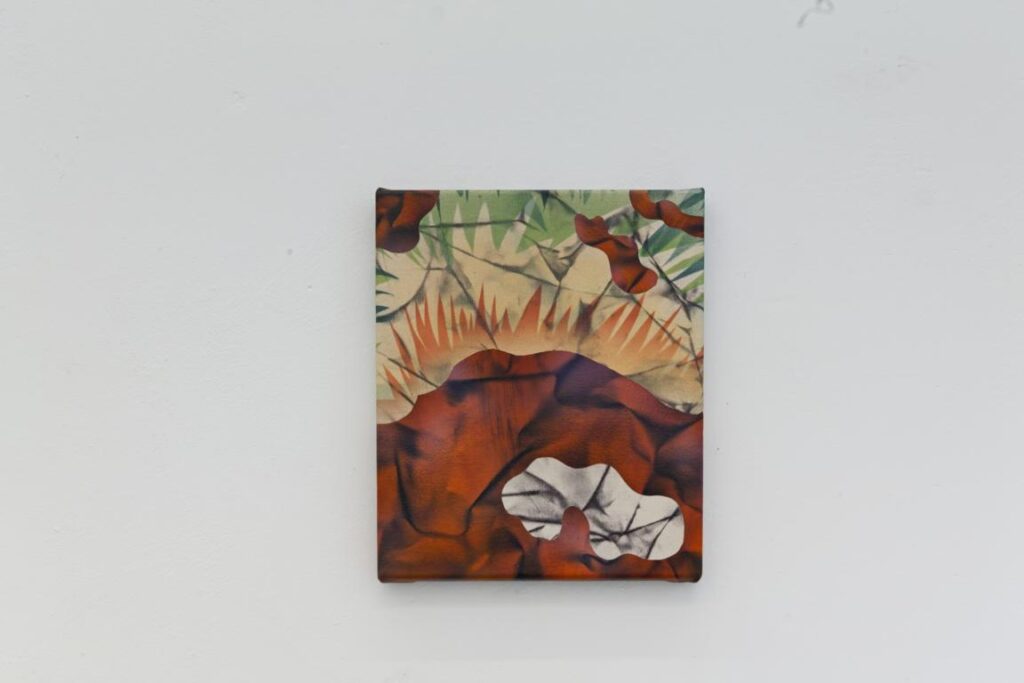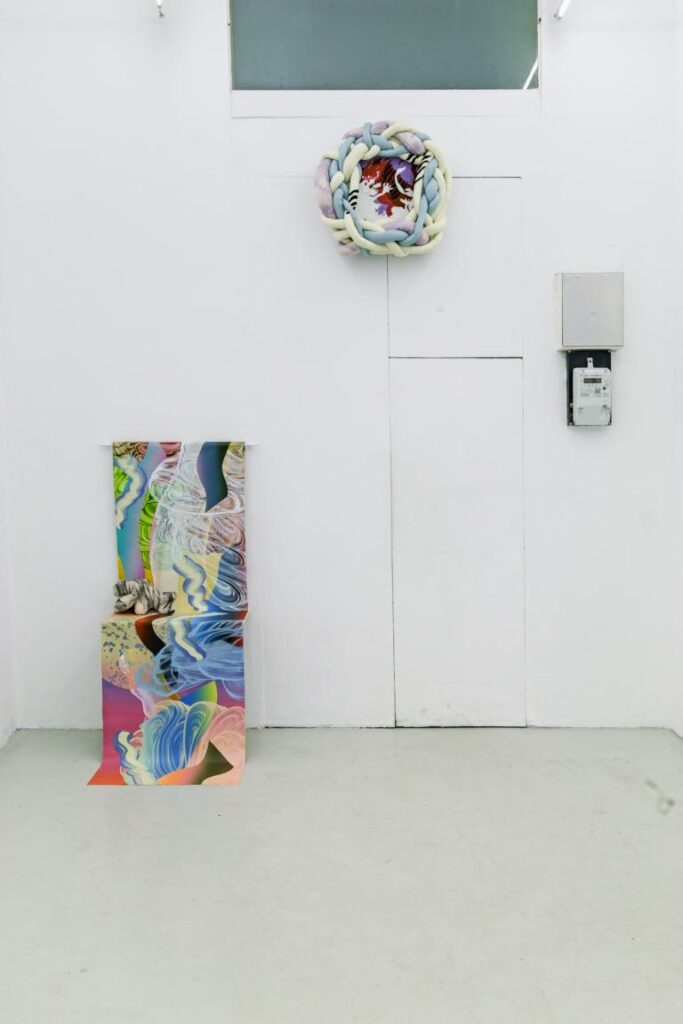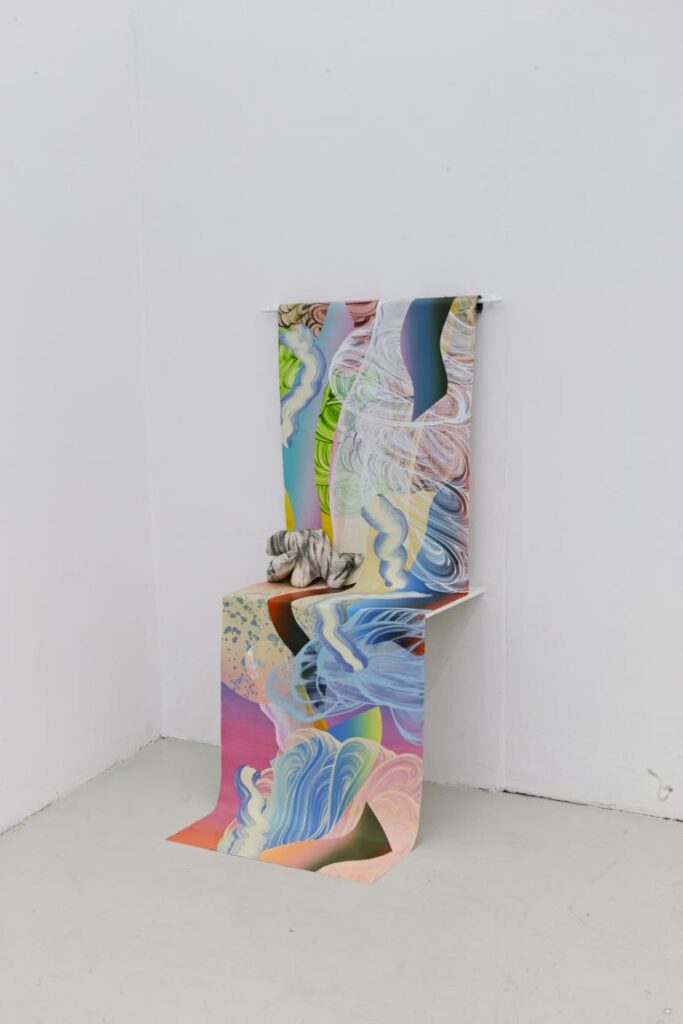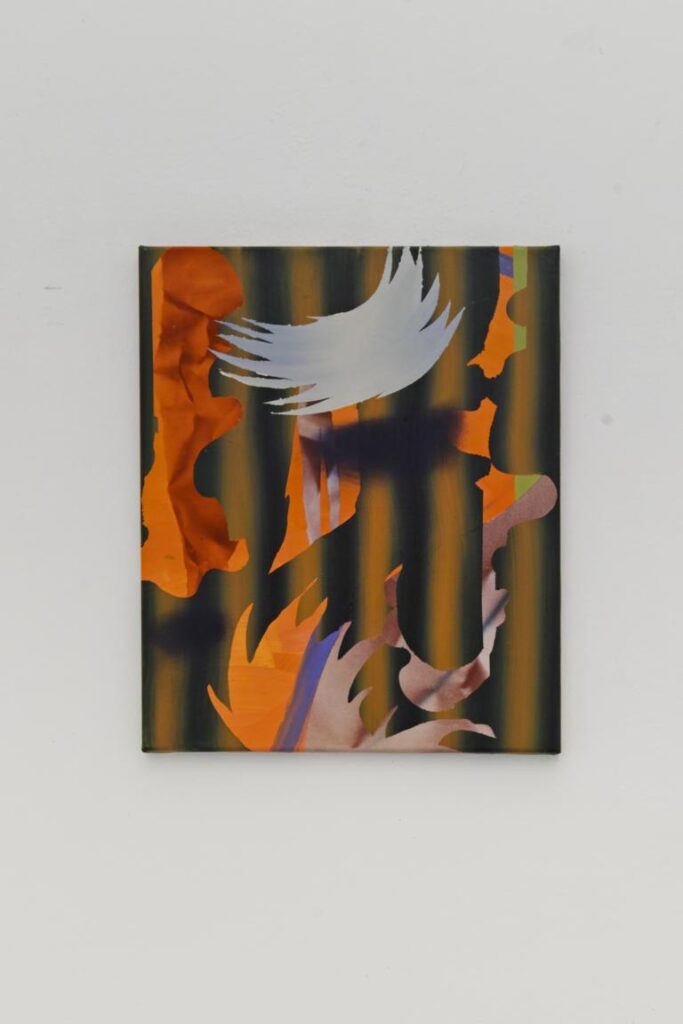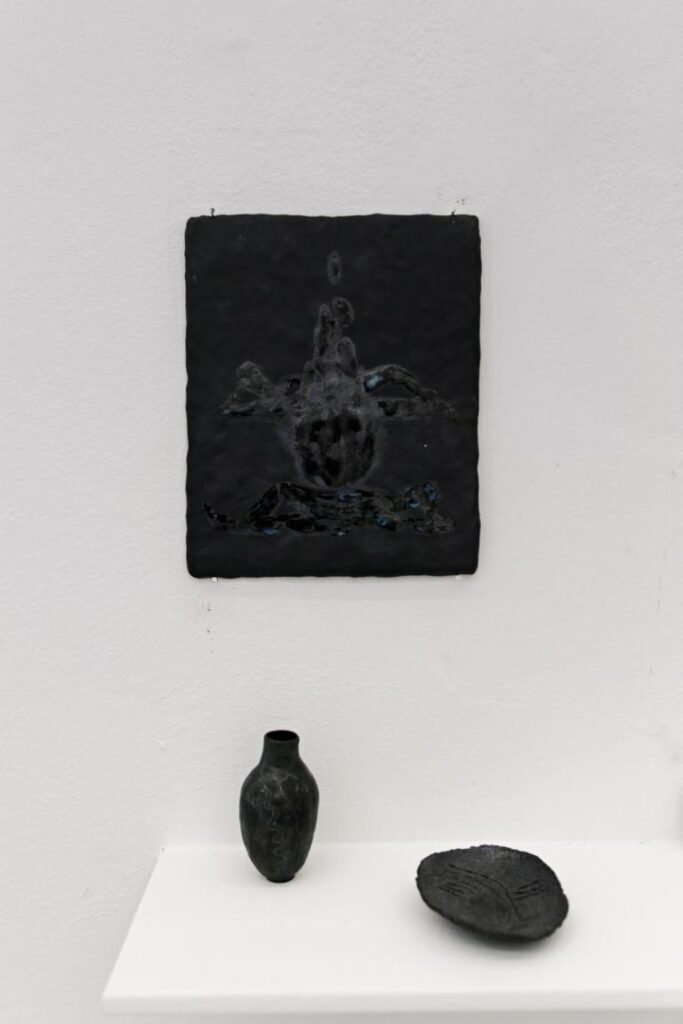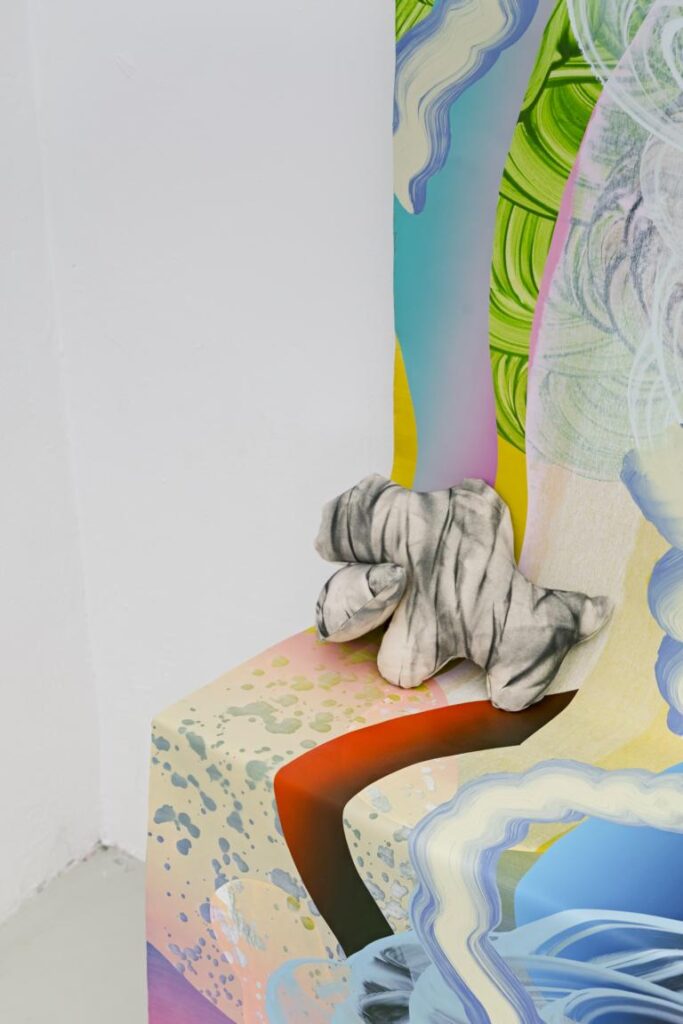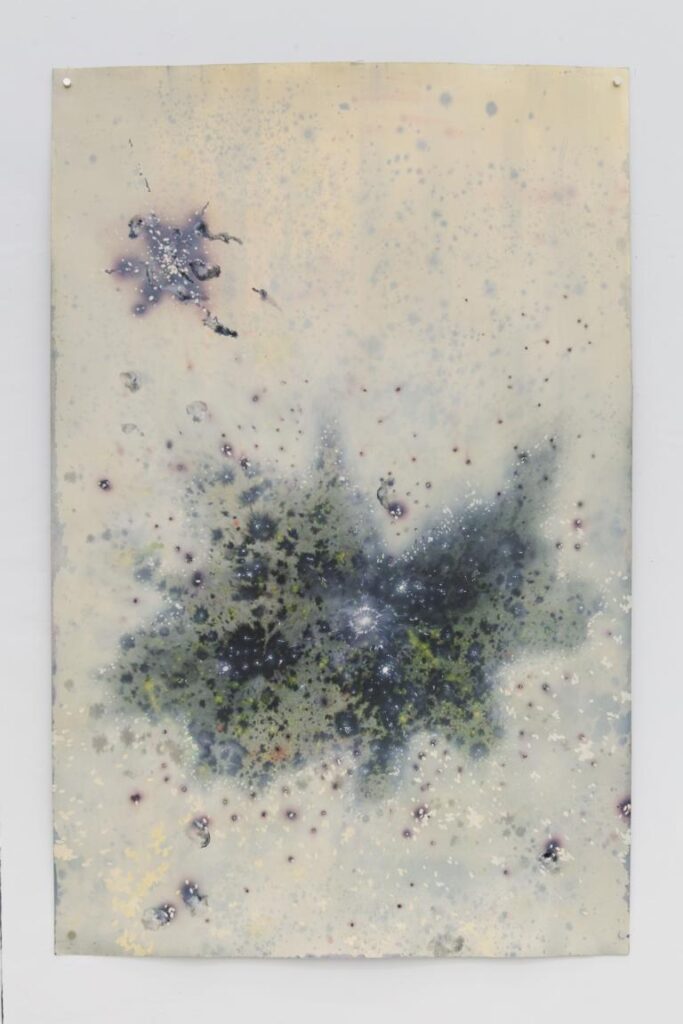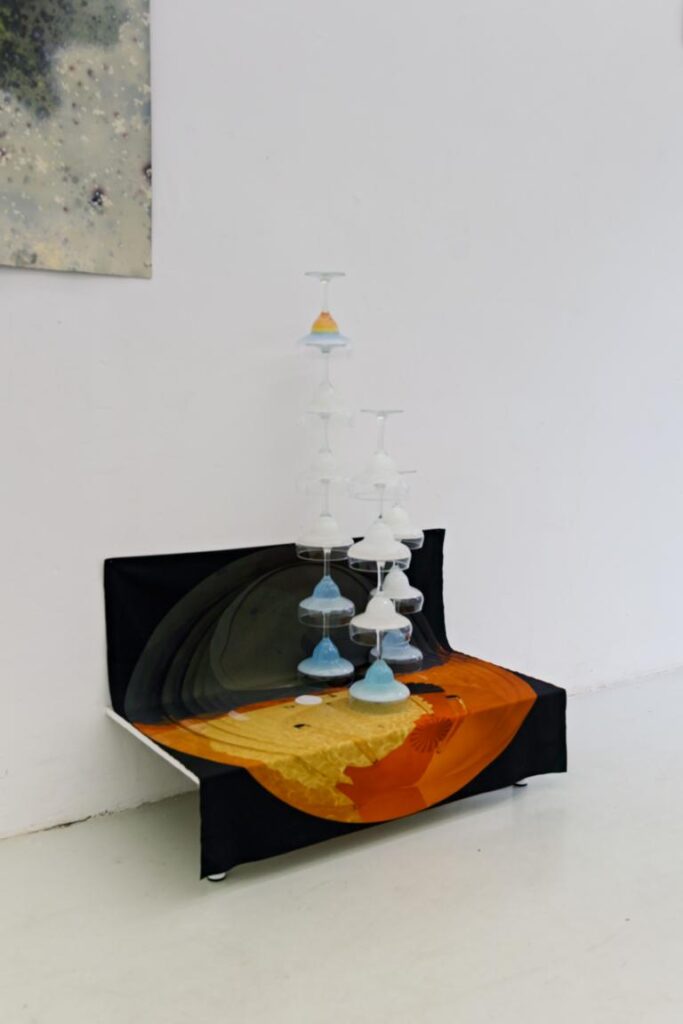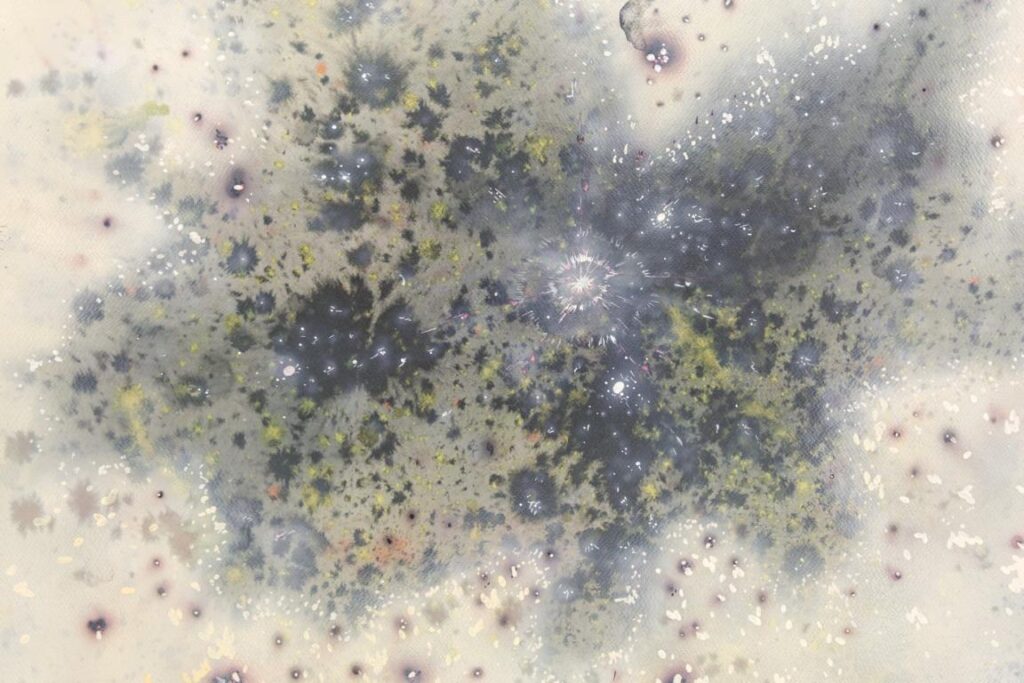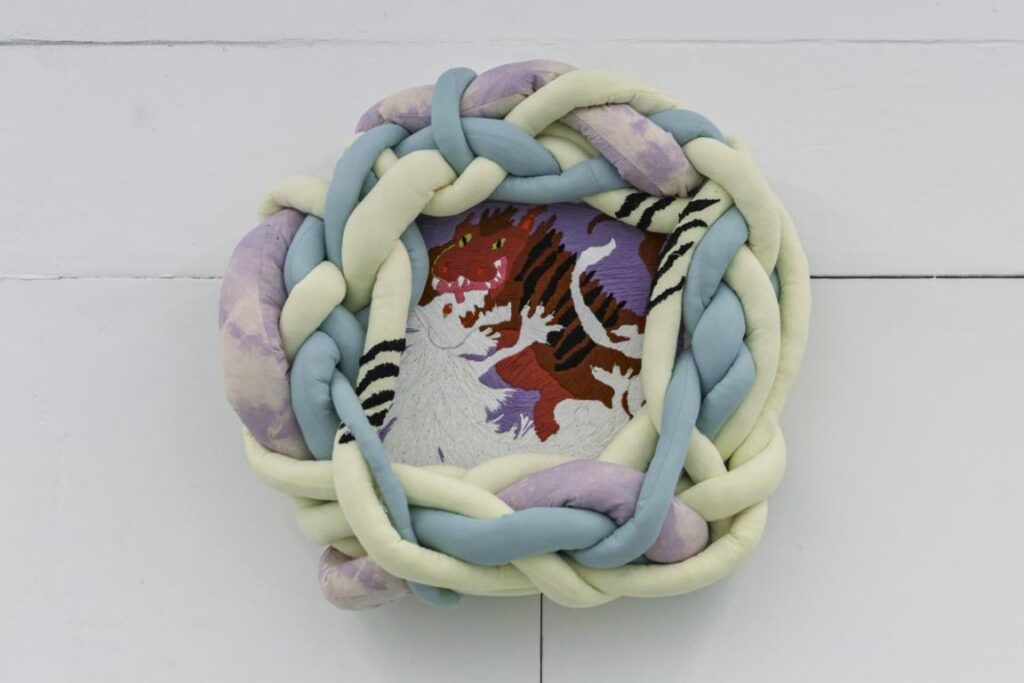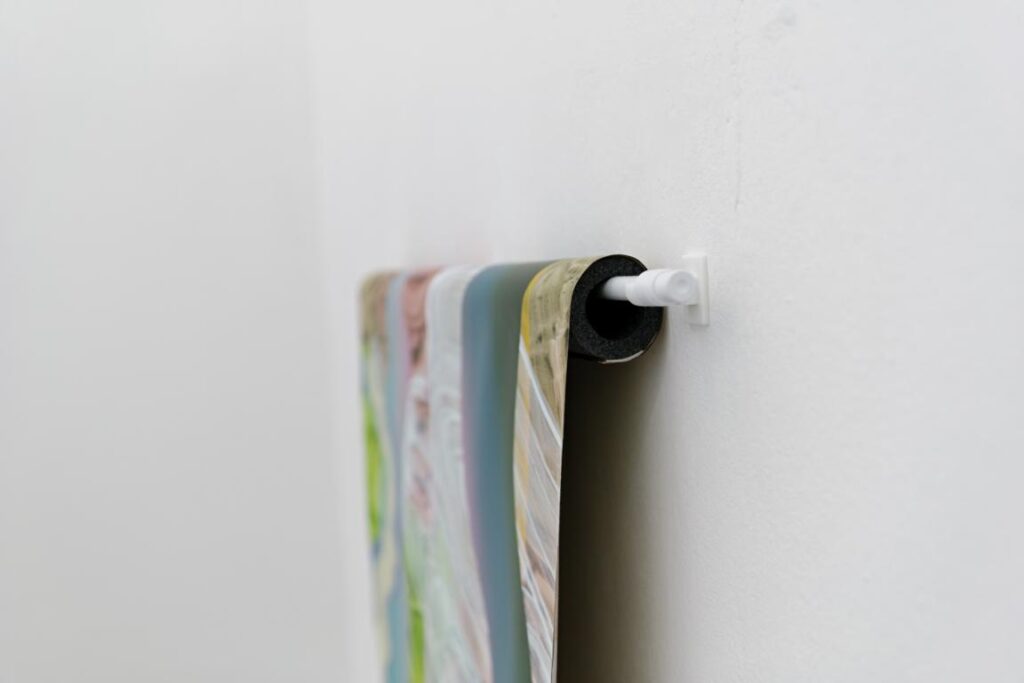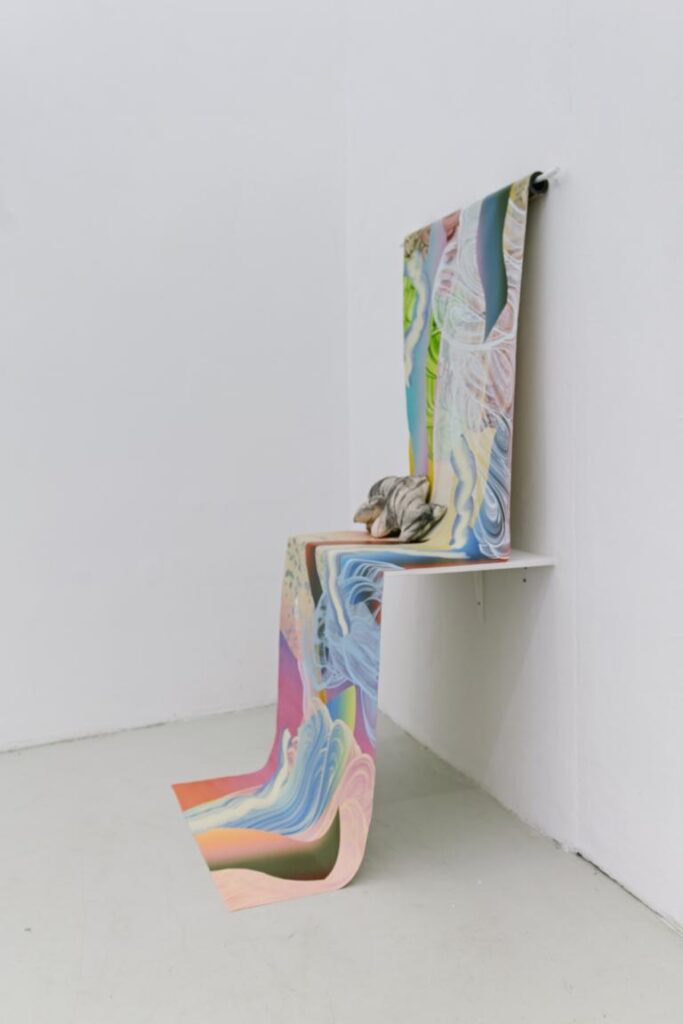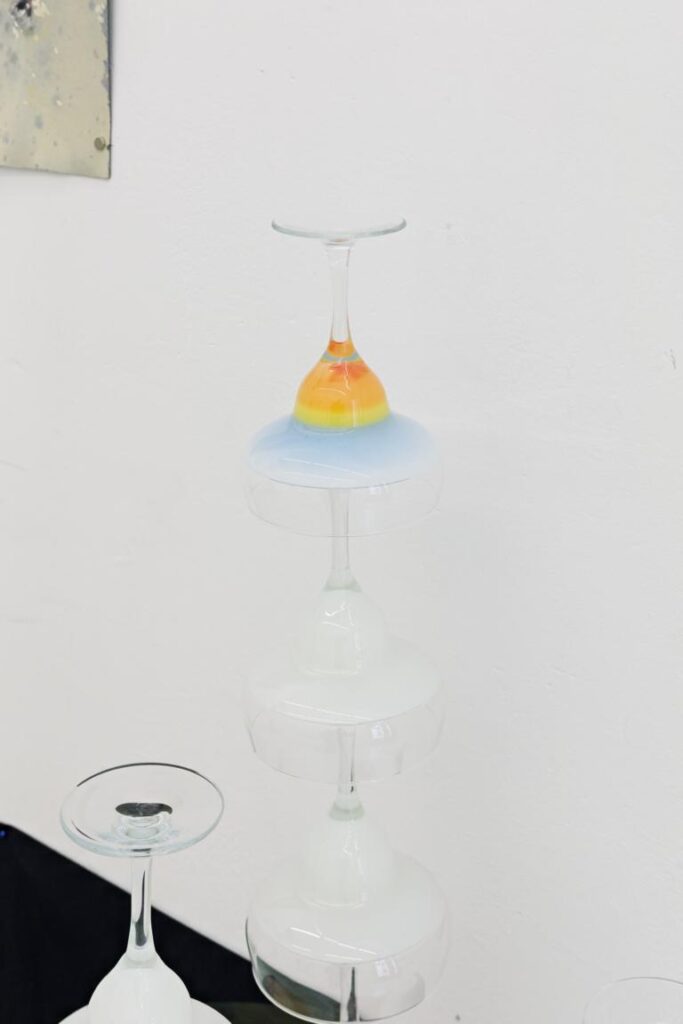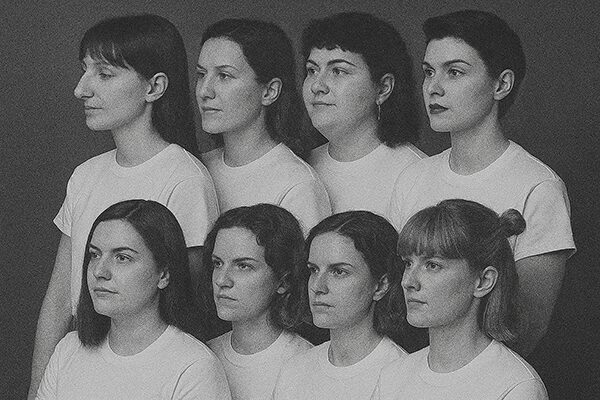with
Asztrid Csatlós
Boglárka Dankó
Sári Ember
Anna Hoóz
Rita Koszorús
Orsolya Lia Vető
Opening: May 16, 7 pm
Every solar system has a green zone that allows life to flourish within its boundaries. The habitable zone of our solar system is determined by several factors: Earth’s distance from the Sun, the size of the surrounding planets, the number of our moons, the presence of liquid water and our forgiving yet struggling atmosphere. Approximately five billion years from now, the Sun will become a supernova. Before its collapse, it will expand, swallowing close-by planets. However, the climate on planets currently considered uninhabitable might, for the first time in the universe’s history, become suitable for life.
The speculative exhibition Waiting for a Larger Sun tells the story of a fictional society. A humankind that has set out to travel billions of kilometres and establish life on another planet, a life unlike the one they lived before. What happens to the history of humanity, its material, theoretical and cultural legacy, when it is removed from the environment it once knew? Our history, material culture and heritage are deeply shaped by nature and the system of objects. How will these shift when going through a liquid and fluid transformation of identities? What will be taken to preserve social status, personal identity and the creation of needs in this atmosphere of uncertainty?
The exhibition space layers time, creating a coexistence of the obsolete past, the present of the voyage, and the unvocabularised future, which materialises in a kind of long-distance hopefulness. Time becomes more abstract and individualised throughout the journey, endowing every corner of the exhibition space with its own simultaneous, personal continuum. By producing a message through its layout—in this case, a fictional living room/spaceship—the modularity of the installation seeks not to present a once-and-for-all arrangement but to be adorned with a lightness of presence and definition.
With the help of the “new technical order,” the artworks shift between categories, gaining new roles, but most importantly, a language of their own that simultaneously accepts and denies their sense of out-of-placeness. From function to sign, they travel through loops—or, if you like, wormholes—embodying their mutable existences and relying on the occurrence of the Baudrillardian metamorphosis of objects.
Functionality has a free pass to transform into ideology. Yet through the preparation, journey, and arrival of this fictional society, these objects of desire and reminiscence become the strongest signifiers of an identity no longer rooted in nature, history, or a supposedly virtuous natural selection. The habits and knowledge they once acquired no longer apply, only to be confronted by the continuously shifting meaning of humanity.
Text: Éda Meggyesházi
The exhibition is part of the Independent Space Index 2025, which takes place May 30–June 1.
Opening hours during the festival: 2–6 pm
June 1, 2 pm: guided tour of the exhibition by Éda Meggyesházi
The exhibition is supported by:


